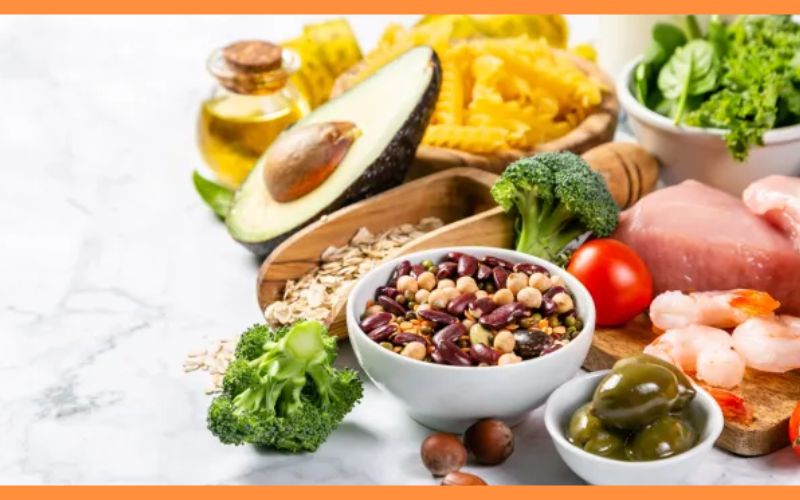Choosing the proper diet for weight loss as you age can be confusing. With so many options available, it’s hard to know which is best for you, especially after age 50.
Increasing physical activity and reducing calorie intake is essential when you reach middle age. This is because your metabolism naturally slows down, your bones weaken, and you lose lean muscle. Eating enough healthy foods that are high in protein and fiber is essential. Maintaining a nutritious diet as you age is necessary since you become more susceptible to chronic illnesses like type 2 diabetes, arthritis, heart disease, dementia, and cancer.
In addition to finding the proper sustainable diet, our experts recommend practicing healthy habits like food logging and portion control. Understanding the right amount of food your body needs at each meal can help you avoid consuming too many calories. Keeping track of your diet also helps you better understand your current intake.
With these responsibilities, we’ve asked our experts to break down the best weight-loss diets after 50. Please keep reading for more information, and don’t forget to check out our list of the 10 Best Protein-Packed 100-calorie Snacks for Weight Loss when you’re finished.
DASH Diet
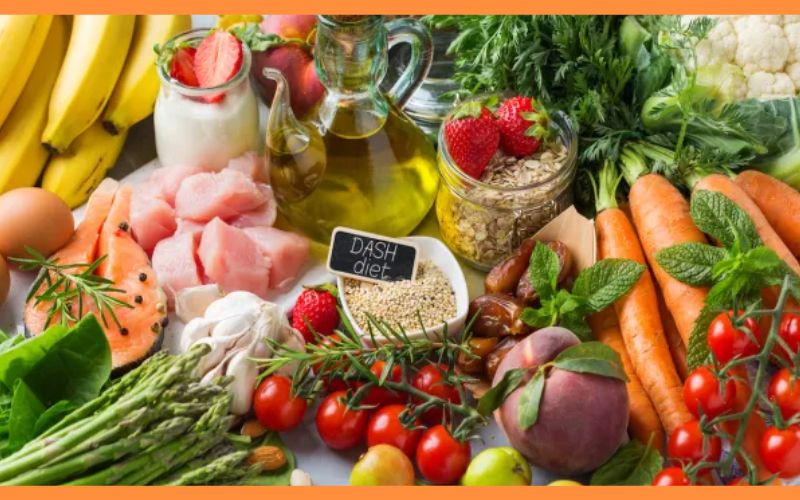
The DASH diet, short for “dietary approaches to stop hypertension,” is a healthy diet to treat or prevent high blood pressure. It also benefits heart health and reduces the risk of type 2 diabetes.
On the DASH diet, your shopping list will include fruits, veggies, whole grains, fish, poultry, fat-free or low-fat dairy products, nuts, and beans. You’ll avoid foods high in salt or saturated fat.
According to nutritionist Lisa Young, Ph.D., RDN, this diet helps manage blood pressure and aids in weight loss and overall health improvement. It emphasizes healthy macronutrients and micronutrients while limiting foods that can cause chronic disease.
The main factors for weight loss are saturated fats and sodium restrictions, making the DASH diet an excellent option for individuals over 50 who want to shed pounds and adopt a healthier lifestyle.
Mediterranean Diet
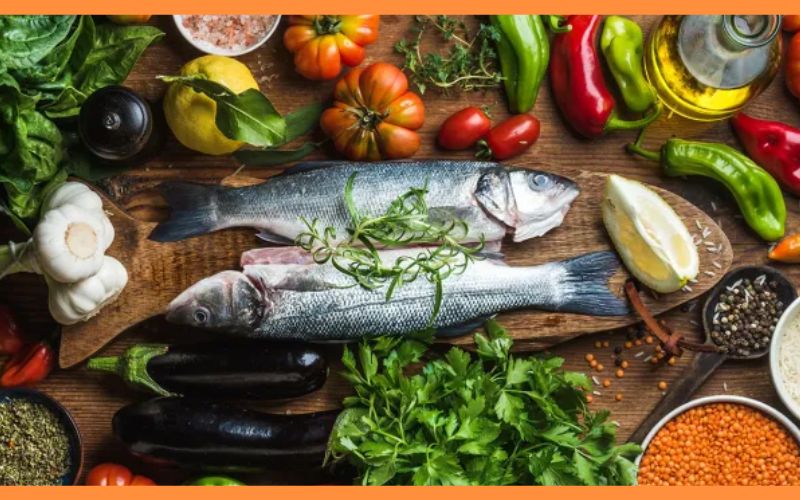
The Mediterranean diet emphasizes heart-healthy fats and plant-based foods, including fruits, vegetables, lentils, beans, nuts, omega-3 fatty acids, whole grains, healthy fats, and moderate amounts of dairy and fish. It is a holistic approach to a healthy lifestyle rather than a strict “diet.”
Research has demonstrated that following the Mediterranean diet can reduce the risk of developing cardiovascular disease and metabolic syndrome. It also promotes healthy blood sugar levels, blood pressure, and cholesterol and can aid in achieving and maintaining a healthy weight.
Additionally, this diet limits sodium and refined carbohydrates, which can contribute to weight loss. The abundance of fiber in this diet is also beneficial for weight management.
The Mayo Clinic Diet
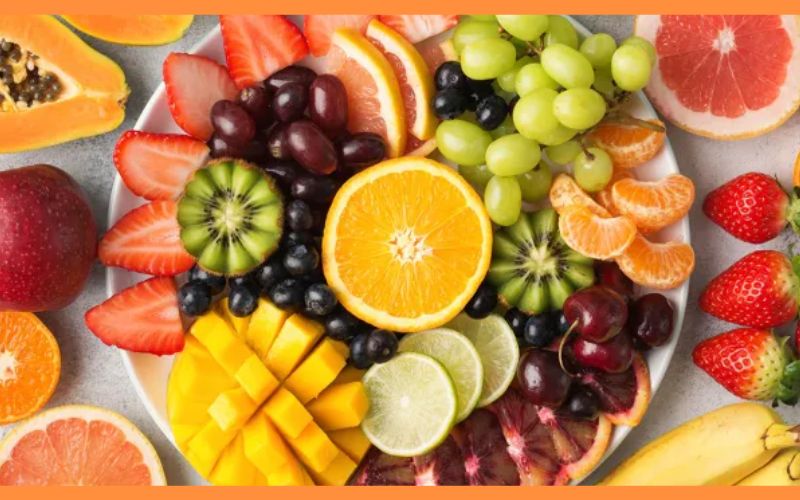
Young describes the Mayo Clinic Diet as an eating plan that promotes a healthier lifestyle. It emphasizes replacing “bad foods” with “good foods” and follows a food pyramid to guide food choices. You can enjoy fruits, vegetables, healthy fats, and whole grains on this diet.
The main goal of the Mayo Clinic Diet is to consume foods with fewer calories while allowing for unlimited portions. Additionally, it encourages daily exercise for at least 30 minutes, discourages watching TV while eating, and advises against consuming sugary snacks, excessive meat, and full-fat dairy.
The diet emphasizes nutrient-rich foods that are low in fat and calories. Some recommended foods include fruits, legumes, fiber-rich foods, heart-healthy fish, and healthy fats.
High-Protein Diet
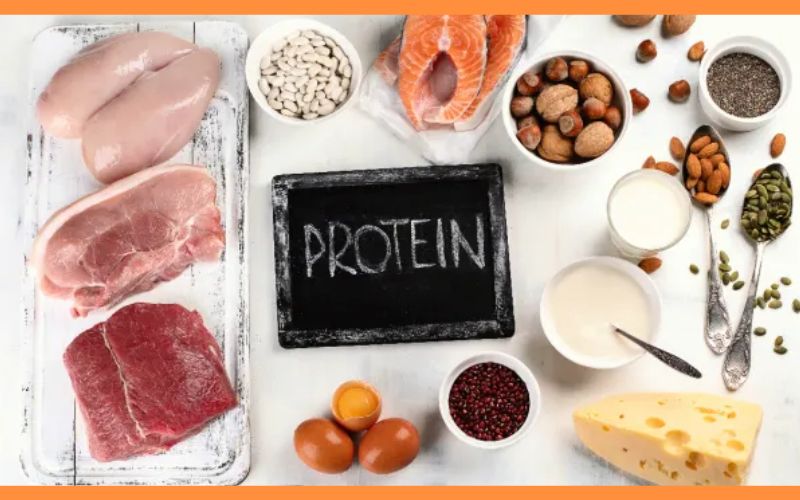
A high-protein diet is a dietary approach that emphasizes the consumption of a sufficient amount of quality protein daily, according to Melissa Mitri, MS, RD, a nutrition writer and the owner of Melissa Mitri Nutrition.
Mitri explains that as individuals age, their muscle mass tends to decrease, which can result in a slower metabolism and unwanted weight gain. Therefore, protein plays a vital role in weight loss as it is an essential macronutrient that helps keep individuals feeling fuller for extended periods and supports lean muscle mass development.
Mitri suggests incorporating at least one serving of protein into every meal to achieve these benefits. Some protein-rich foods include Greek yogurt, poultry, lean meat, and tofu. Additionally, aiming to consume a minimum of 25 to 30 grams of protein per meal can support weight loss and overall health.
The 80/20 Diet
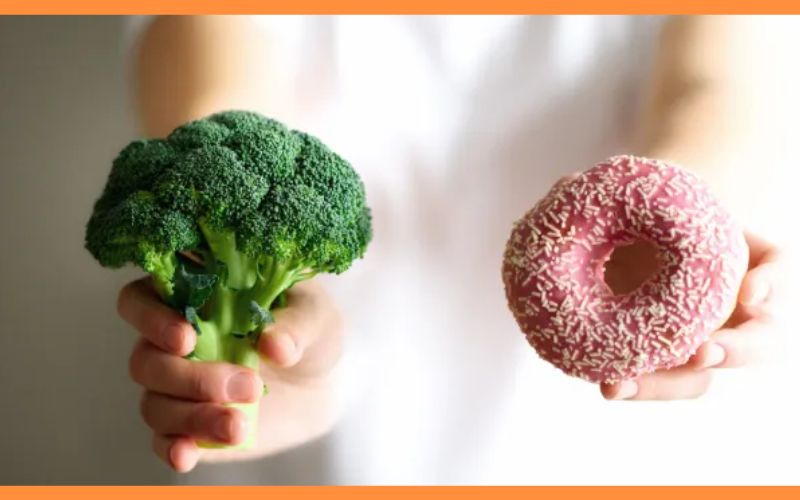
When you choose to follow the 80/20 diet, you will be making a conscious effort to nourish your body with nutrient-dense, wholesome foods for the majority of the time – roughly 80% of the time, to be precise. However, this does not mean you must completely deprive yourself of those indulgent “fun” foods you love. In fact, the 80/20 diet allows you to enjoy these treats for the remaining 20% of the time.
According to Mitri, a nutrition expert, the beauty of the 80/20 diet lies in its sustainability, especially for older adults. By not imposing strict restrictions on yourself and instead promoting moderation, this eating approach can easily be incorporated into your lifestyle in the long term.
Mitri advises that to maximize the benefits of this diet, including potential weight loss, it is essential to ensure that you do not exceed the 20% limit when indulging in your favorite treats.
Additionally, it is crucial to prioritize a well-rounded balance of protein, whole grains, and fresh produce in your overall dietary intake. By doing so, you can ensure that you nourish your body while allowing yourself some flexibility and enjoyment in your eating habits.
Low-Carb Diet
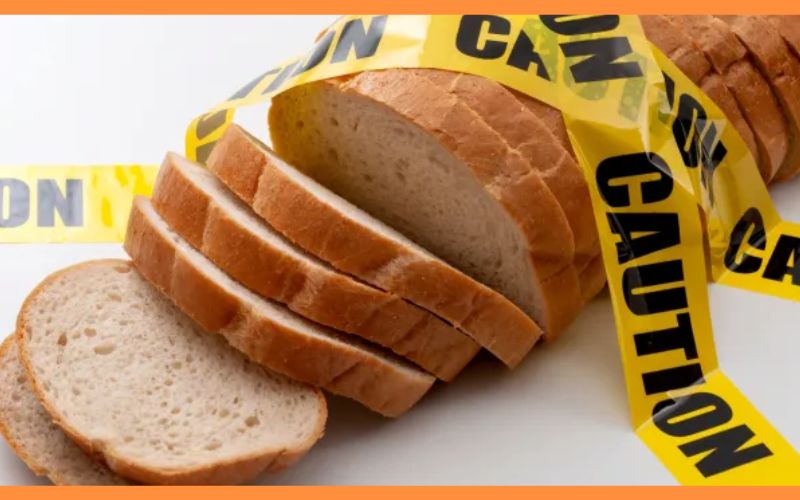
Last but not least, Mitri highly recommends adopting a low-carbohydrate diet for individuals who have reached the age of 50 and are determined to shed those extra pounds.
This is because as one progresses through this stage of life, your body’s reaction to carbohydrates becomes less favorable. Mitri aptly points out that this can make it considerably easier for your body to accumulate surplus carbohydrates in fatty tissue, commonly known as body fat.
Achieving triumphant results with a low-carb diet necessitates a conscious effort to limit the consumption of refined carbohydrates. This entails reducing or altogether avoiding the intake of foods such as white bread, pastries, and pasta, which are notorious for their high refined carbohydrate content.
Instead, Mitri advises shifting your dietary focus towards incorporating whole-grain and high-fiber carbohydrates. Not only does this substitution help enhance feelings of fullness and satisfaction, but it also significantly boosts nutritional value.
FAQs
What is the best way to lose weight for a 50 year old woman?
The following sections will describe some ways a person can lose weight and maintain the weight loss after the age of 50 years.
1. Move more
2. Get enough sleep
3. Do not skip meals
4. Hack the commute
5. Enjoy exercise
6. Buddy up
7. Switch up snacks
8. Set realistic goals
9. Lift weights
10. Use fitness technology
11. Pack in the protein
12. Lower stress
13. Fill up on fruits and vegetables
14. Opt for whole grains
15. Hire a personal trainer
16. Take up yoga
17. Eat mindfully
18. Cut out sugary drinks
19. Eat out less
20. Get tested
How can a 50 year old lose weight fast?
Read on for 20 expert tips on how to lose weight after 50.
- Embrace strength training
- Remember the 200-calorie rule
- Stay hydrated
- Break a sweat
- Curb your sweet tooth
- Avoid late-night snacking
- Check what medication you’re taking
- Get plenty of sleep
- Weigh yourself regularly
- Set S.M.A.R.T. weight loss goals
- Set a S.M.A.R.T. goal to swear off ultraprocessed foods
- Excuse-proof your exercise routine
- Put your eating plan on autopilot
- Try HIIT
- Eat more whole grains
- Get plenty of protein
- Sit less
- Eat until you’re satisfied
- Keep your metabolism humming
- Rethink happy hour
How much should a 50 year old woman eat to lose weight?
As women age and reach the milestone of 50 years, their bodies go through various changes that result in a decrease in calorie requirements. This means that women over 50 typically require fewer calories compared to younger women in order to maintain a healthy weight.
For moderately active women in this age group, it is recommended to consume around 1,800 calories per day to sustain their current weight. However, if the goal is to shed some pounds, it might be necessary to reduce calorie intake to approximately 1,300 calories per day. By making these adjustments, individuals can work towards achieving their desired weight loss goals.
How long should a 50 year old woman fast to lose weight?
The daily method, which is commonly known as intermittent fasting, typically follows a 16/8 or 18/6 rule. This means that individuals eat regular, healthy foods during a specified 6- to 8-hour window each day, and then fast for the remaining 16 to 18 hours.
This method has gained significant popularity due to its sustainability and effectiveness in achieving various health benefits. By restricting the eating window, the body is given ample time to rest and reset, allowing it to optimize its metabolic processes and promote overall well-being.
Furthermore, this approach has been found to improve insulin sensitivity, promote weight loss, and even enhance cognitive function. With its simplicity and flexibility, the daily method of intermittent fasting has become a popular choice for individuals looking to improve their health and wellness.
What are fat burning foods?
There are several fat-burning foods that can help individuals in their weight loss journey. Among these foods are eggs, nuts, and oily fish, which have been found to be particularly effective in promoting fat loss.
When we refer to “fat-burning foods,” it generally means that these foods have properties that can stimulate metabolism, reduce appetite, or even lower overall food intake. It’s important to note that all foods have the ability to stimulate metabolism to some extent, although some are more effective than others in this regard.
By incorporating these fat-burning foods into your diet, you can potentially enhance your body’s natural ability to burn fat and achieve your weight loss goals.
What are the 2 vegetables that destroy stomach fat?
Leafy greens and bell peppers are two vegetables that are highly effective in destroying stomach fat. Not only are they the best options, but they are also widely recognized for their fat-trimming abilities.
Incorporating these nutrient-rich veggies into your diet is a smart move if you’re looking to shed excess stomach fat. However, it’s important to note that simply eating these vegetables alone won’t magically melt away the fat.
A holistic approach, which includes a healthy diet and regular exercise, is crucial for achieving optimal results. By combining these two powerhouse vegetables with other nutritious foods and engaging in physical activity, you can create a solid foundation for a healthier and slimmer stomach.

